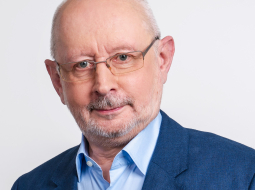
Celtnieki strādā. Foto: EPA/LETA
The still new government plans to increase the growth rate of the economy to 5% annually. Not today, not tomorrow but within a few years. This would be great for all sorts of reasons: Standards of living, catching up with the EU level of income per person etc.
But is it realistic? I am not so sure.
It has certainly been a while since the economy reached 5% growth on an annual basis, see Figure 1. Actually, it hasn't happened since the first quarter of 2012 and growth has recently been some 2-3% per year.
Figure 1: Growth rates of the Latvian economy, 2011-I - 2016-I, quarterly data
Source: Central Statistical Bureau
Raising the growth rate from, say, 3% to 5% per year may at first not sound like much but it amounts to about 500,000,000 extra euro of output per year and from that about 150 million EUR extra tax revenue. Not bad.














